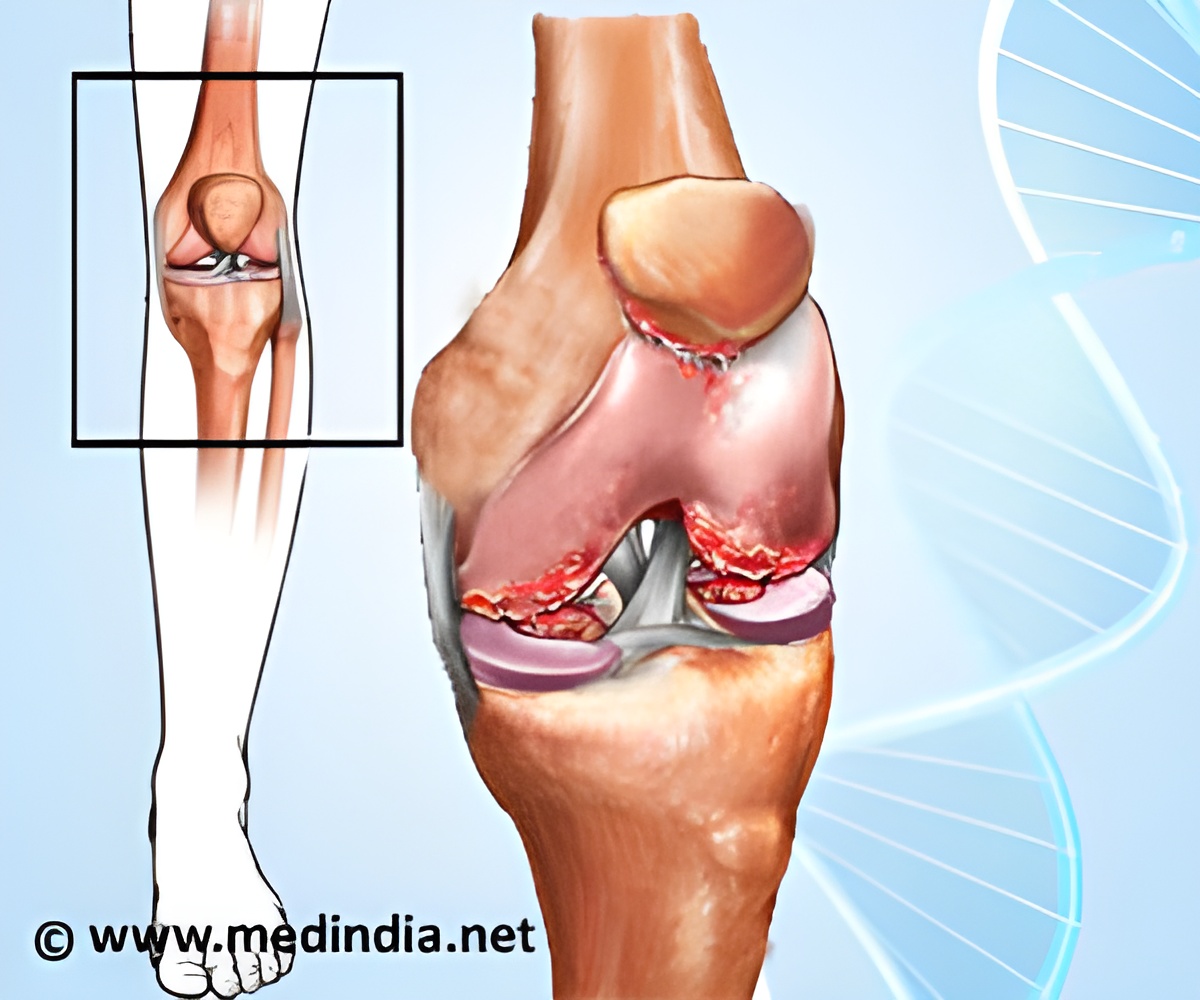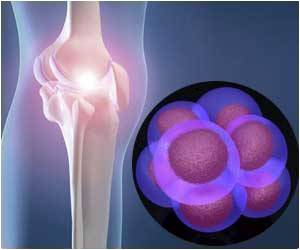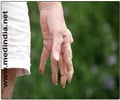Patients with knee osteoarthritis (OA) who wear flat, flexible footwear (mobility shoes) had significant reduction in knee loading suggests new research.

In their previous studies, Dr. Najia Shakoor and colleagues from Rush University Medical Center in Chicago, Illinois found that walking barefoot as well as with 'mobility shoes,' which are designed to mimic barefoot mechanics, was linked to reduced knee loading compared to when walking with regular footwear worn by participants. However, the authors thought the long term effects of the specialized footwear needed to be evaluated.
Dr. Najia Shakoor explains, "There is much interest in biomechanical interventions, such as orthotic inserts, knee braces, and footwear that aim to improve pain and delay OA progression by decreasing impact on joints. In the present study, we expand understanding of our earlier research by evaluating the impact of the mobility footwear on gait after six months of use." The team recruited 16 participants with knee OA, obtaining a baseline gait with participants walking in their own shoes, mobility shoes, and barefoot. Participants wore the mobility shoes for six hours each day for six days per week and patient gait was evaluated at 6, 12, and 24 weeks in all conditions.
Findings suggest that by 24 weeks participants wearing mobility footwear saw an 18% reduction in knee adduction moment (KAM)—the load on the inner or medial aspect of the knee when walking (where most people develop knee OA) compared to baseline knee loading in their own footwear. No significant difference in KAM was found between walking with mobility shoes and barefoot. Compared to baseline, analyses indicate an 11% and 10% reduction in KAM for OA patients walking in their own shoes and barefoot, respectively, suggesting the mobility shoes may have "re-trained" participant's gait.
"Patients with OA who use flat, flexible footwear may experience a significant reduction in knee loading with continued use," concludes Dr. Shakoor. "Our investigation provides evidence that footwear choice may be an important consideration in managing knee OA."
Source-Eurekalert
 MEDINDIA
MEDINDIA



 Email
Email










